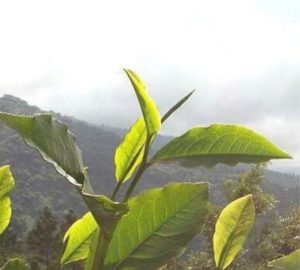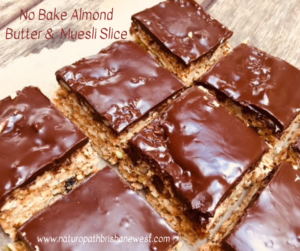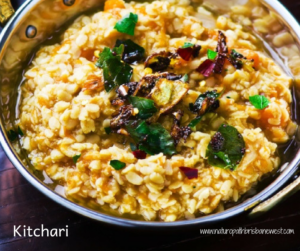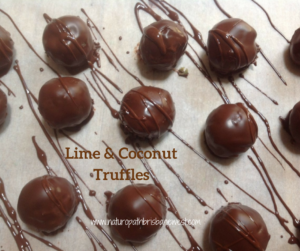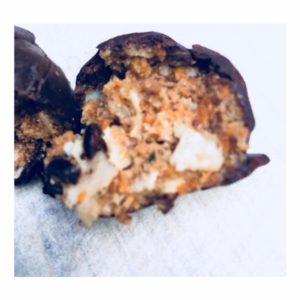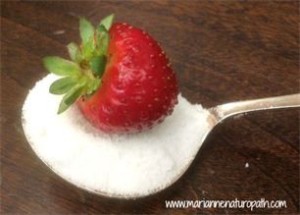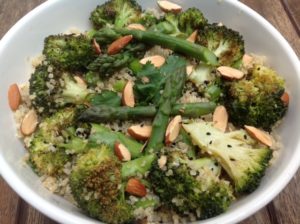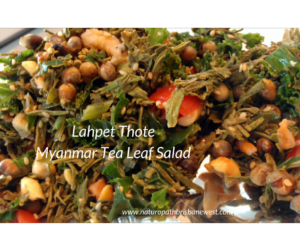
Burmese fermented tea leaf salad, or Lahpet Thote, was one of our favourite foods on a visit to Myanmar. It is unofficially their national dish and is surprisingly delicious. I have made this regularly since returning back to Australia and our friends are always dubious and then delightfully surprised when they try it. This is my variation of the recipe.
These Burmese not only drink green tea but ferment it – the fresh young leaves are well fermented by natural forming microbes over a period of 3-4 months. It contains wonderful health benefits as green tea contains polyphenols, phenolic acids and catechin, is high in antioxidants (including EGCG or epigallocatechin gallate) and has immune boosting properties. Such a delicious way to boost your gut health!
Ingredients:
1 tbsp pickled tea leaf (see Note below)
3 tomatoes, seeded, chopped
2 cups of baby spinach, thinly sliced
¼ cup thinly sliced ginger, fried
1 tbsp peanut oil
2 teaspoons fish sauce
Juice of 1 lime
Fried Mixture:
190 g (1 cup) dried lima beans, soaked overnight in water, drained, husks removed (or when I’m in a hurry I buy Australian Bean Mix from Pangkarra)
60 ml (¼ cup) peanut oil
2 tbsp gently sesame seeds
75 g (½ cup) unsalted roasted peanuts
2 cloves of garlic, thinly sliced and fried
Method:
To make fried mixture:
- Dry lima beans with paper towel.
- Heat oil in a deep saucepan over medium heat.
- Add beans and cook, stirring, for 7 minutes or until golden.
- Add sesame seeds and cook, stirring, for 2 minutes or until lightly toasted.
- Remove from heat, stir in peanuts and cool completely.
- Makes 3 cups.
Salad preparation:
- Place tea leaf, 1 cup fried mixture (store remaining mixture in an airtight container in the fridge for up to 5 days and serve with the pork curry and fish cake salad), tomatoes, spinach, peanuts, ginger, oil and fish sauce in a bowl.
- Add the lime juice and mix thoroughly using your hands.
Serves 2-3
Note
Buy pickled tea leaf online or from Burmese food shops – these vary greatly in quality and I have found the Saw Mo brand to be excellent). Or, to make it, place 250 ml vinegar, 20 g green tea leaves (sencha) and 250 ml water in a saucepan over medium heat. Boil, reduce heat to medium-low and simmer for 30 minutes. Drain, rinse and discard hard pieces. Squeeze out excess liquid. Process in a food processor with 80 ml sesame oil, 60 ml peanut oil, 1 tablespoon of fish sauce and 2 chopped garlic cloves. Stir in 2 tablespoons of lime juice. This will keep in the fridge for up to 3 months.
